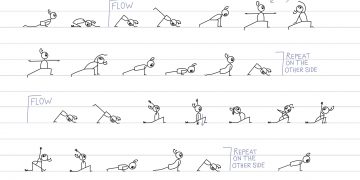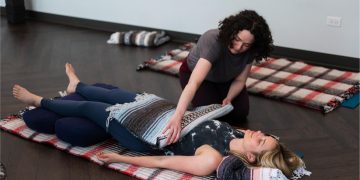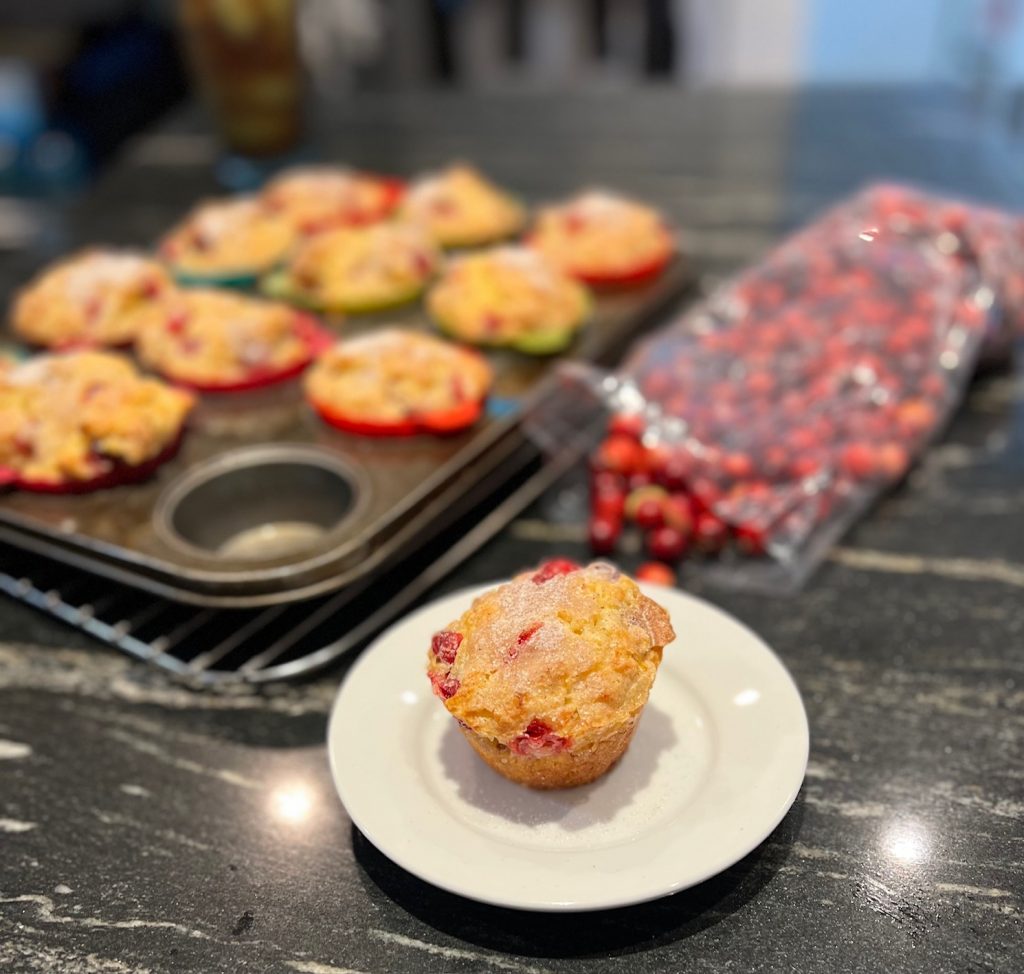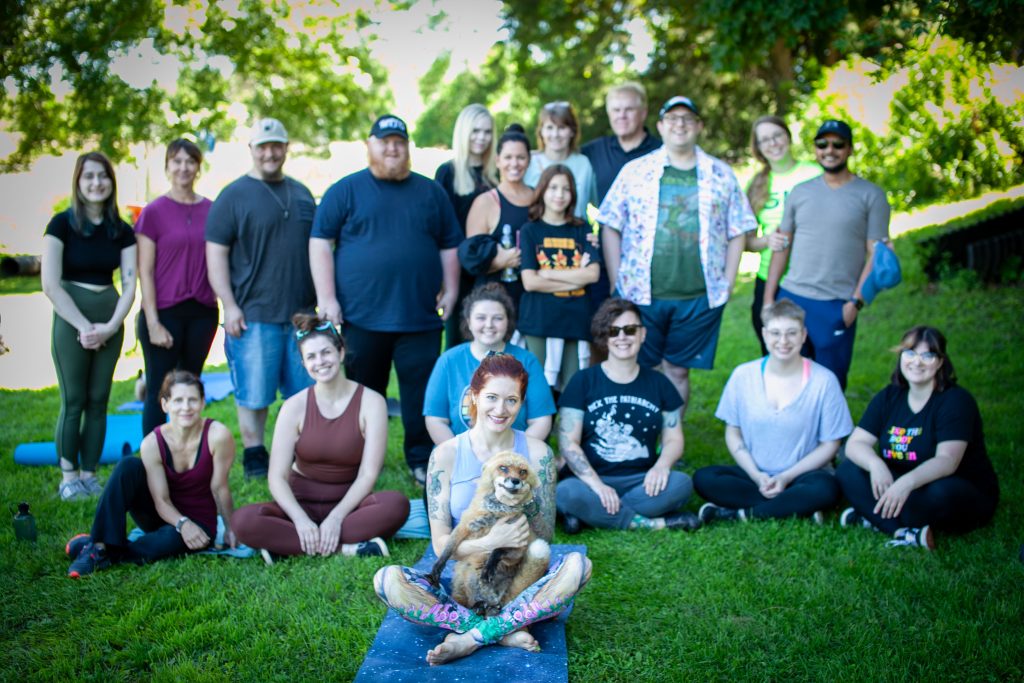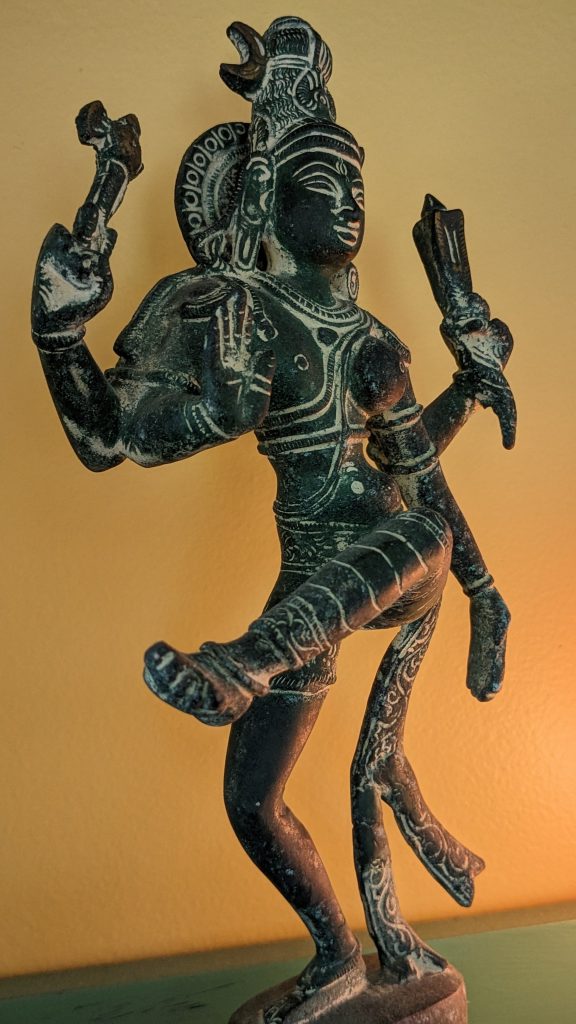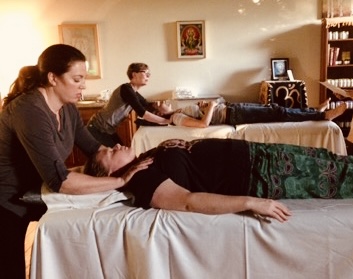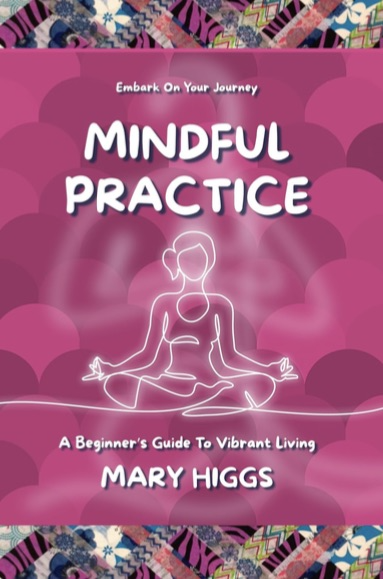In ten years of teaching yoga, whenever I ask students for requests of areas of the body to tend to, they consistently ask for hips and hamstrings. In an overly sedentary world, our hips and hamstrings fall into great discomfort. Common yet not normal to sit on the sacrum, this over time leads to short, tight hamstrings and ineffective glutes.
Through the yoga therapy lens, pain, tightness, and discomfort can motivate first steps in rebuilding awareness and compassion. Everything connects in the body, and nothing works in isolation. When one part of the body feels strain, oftentimes another part is being underutilized. Instead of labeling parts of the body as “good” or “bad,” I look for the underlying reason why a particular area feels discomfort or strain. As John Muir says, “When we try to pick out anything by itself, we find it hitched to everything else in the Universe.”
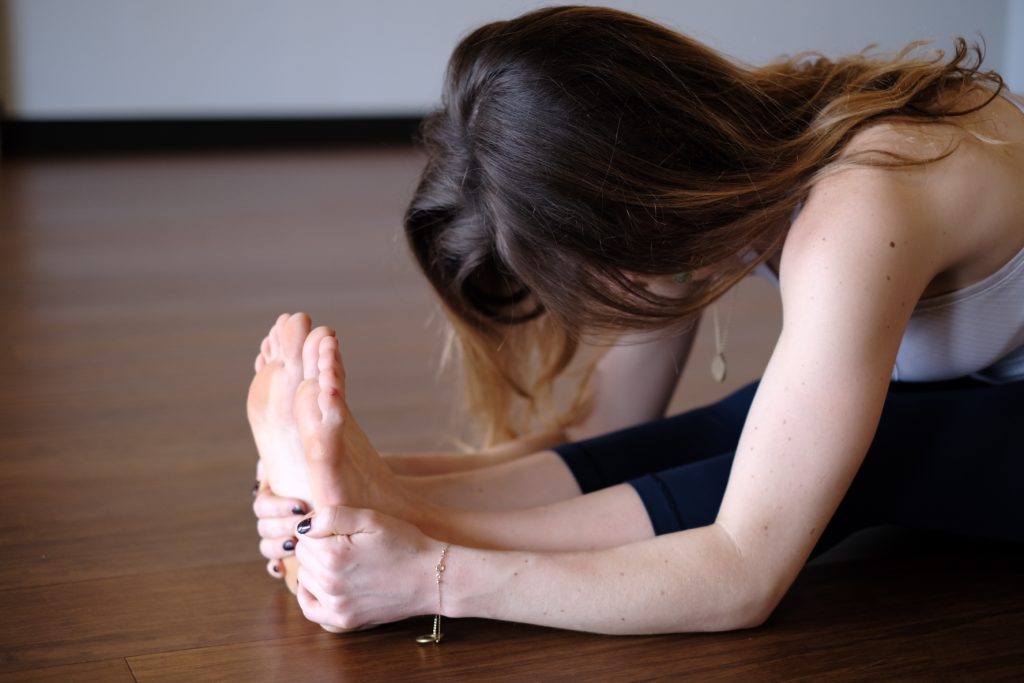
The word “pelvis” means “basin” or “container” in Latin. It creates the foundation upon which our spine emerges. The core works most efficiently with the pelvis in a neutral position. Subtleties in pelvic alignment can profoundly affect our anatomy above and below. In my yoga therapy work, almost every time I encounter someone with tight hips, a tight, clenched jaw is also present and vice versa. Healthy hips and hamstrings are the key to happy knees, ankles, feet, pelvic floor, and breath.
The pelvis often experiences imbalances based on our posture. The quadriceps and hamstrings act like a pulley system on the pelvis, pulling on either the front of the pelvis or the back, causing strain when not in collaboration. The quadriceps are a group of four muscles on the front of the thigh, flexing the hip and extending (straightening) the knee. The hamstrings are a group of muscles on the back of the thigh, extending the hip and flexing (bending) the knee. Both the hamstrings and the quads tend to be both weak and tight in many bodies. The goal is not to just become more flexible. The happiest, healthiest joints are both mobile and stable. Whenever you want to release a tight muscle, it likely needs strength as well.
Incorporating healthy functional patterns into the body can feel like learning a new language with moments of shakiness, uncertainty, awkwardness, and discomfort. Be patient and compassionate with yourself as you reintroduce more functional movement. The lower body is the Yin region, governed by lunar, feminine, earth, and water elements. It is our foundation, closest to the earth. The more time, energy, and care we spend realigning ourselves with the earth in both subtle and tangible ways, the more ease we can reincorporate into our bodies and lives. As my mentor and esteemed teacher Leslie Howard says, “Anatomical knowledge is power.”
Healthy Hips & Hammies Protocol
Props are your friends. The mantra is “No pain, MOST gain.”
1. Love Your Feet
Deep fascial and subtle energy pathways begin in the feet, extending up the backs of the legs. Rolling out the feet with tennis balls can release tightness contributing to restricted hamstrings. Pick things up with your feet, walk barefoot, massage your feet nightly with oil, walk on uneven surfaces, and move your feet in a variety of ways daily.
2. Engage Your Quads
Flex the opposite muscle of the one you’re stretching (ex. Engage the quads when stretching the hamstrings in forward fold). Look at your knees in forward folds and lift the knee caps by engaging your quads. Notice if the knee lifts straight up or tracks to the side.
3. Engage Your Glutes
Move slower and hold yoga postures, allowing time to engage the glutes anytime you hold one leg behind you in hip extension. Disengaged glutes in one legged poses or backbends can put unnecessary strain on the low back and hamstrings. Incorporate your glutes in everyday actions like walking and standing after sitting.
4. Maintain Pelvic Neutrality
Sit on your sitting bones! They are meant for sitting. Practice sitting on the edge of a chair, without leaning back. Keep both feet on the floor and stack your shoulders over your hips. Tipping the pelvis excessively forward (anterior tilt) or backward (sacrum sitting in a posterior tilt) can lead to discomfort and postural imbalance. Neutralize the pelvis when seated, lying down, and standing.
5. Embrace a Variety of Movement
Try different types of movements every day. Stay hydrated and lubricate the joints with oil massage and a diet rich in healthy fats. Move your body at least 5 minutes every hour. Take at least 10 conscious breaths per day, and send a love note to your body for all it does for you.
Meghan Foley is a local Minneapolis-based yoga therapist and Ayurvedic health counselor. She specializes in pelvic floor yoga therapy, leads Yin Yoga teacher training, and offers weekly group yoga classes at Up Yoga and Blooma. Her classes incorporate the ancient teachings of Ayurveda, along with a focus on precise alignment, while always leaving room for playfulness and lightheartedness. When Meghan isn’t teaching, you can find her in the kitchen, making homemade ghee and seasonal spice blends.




